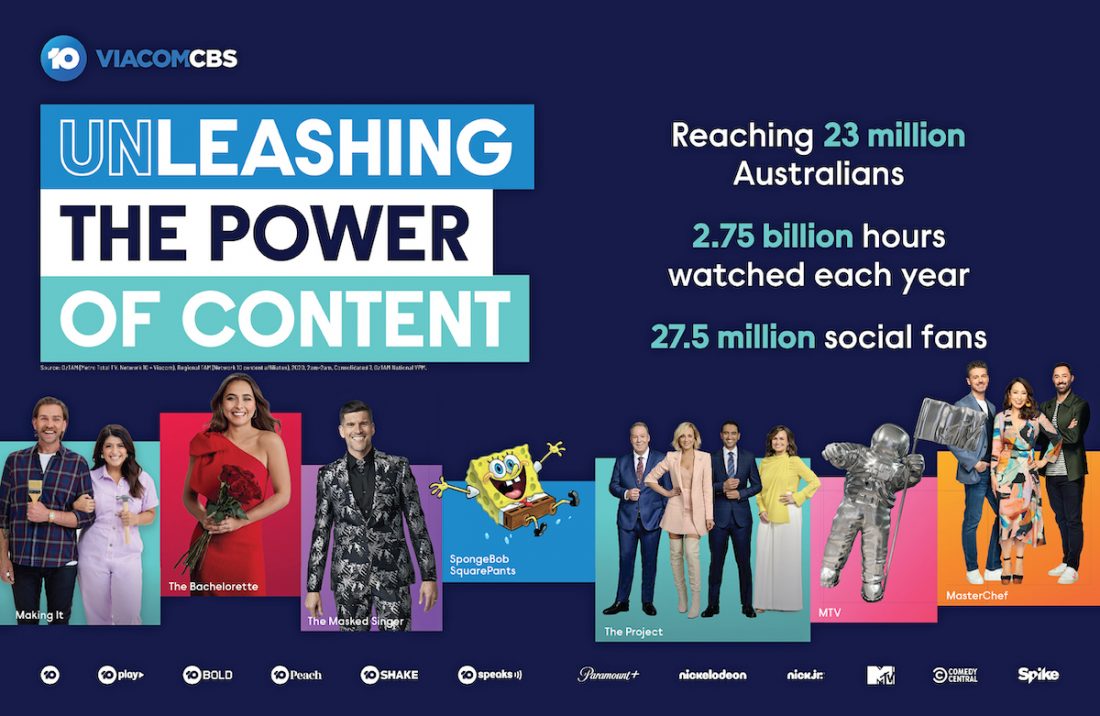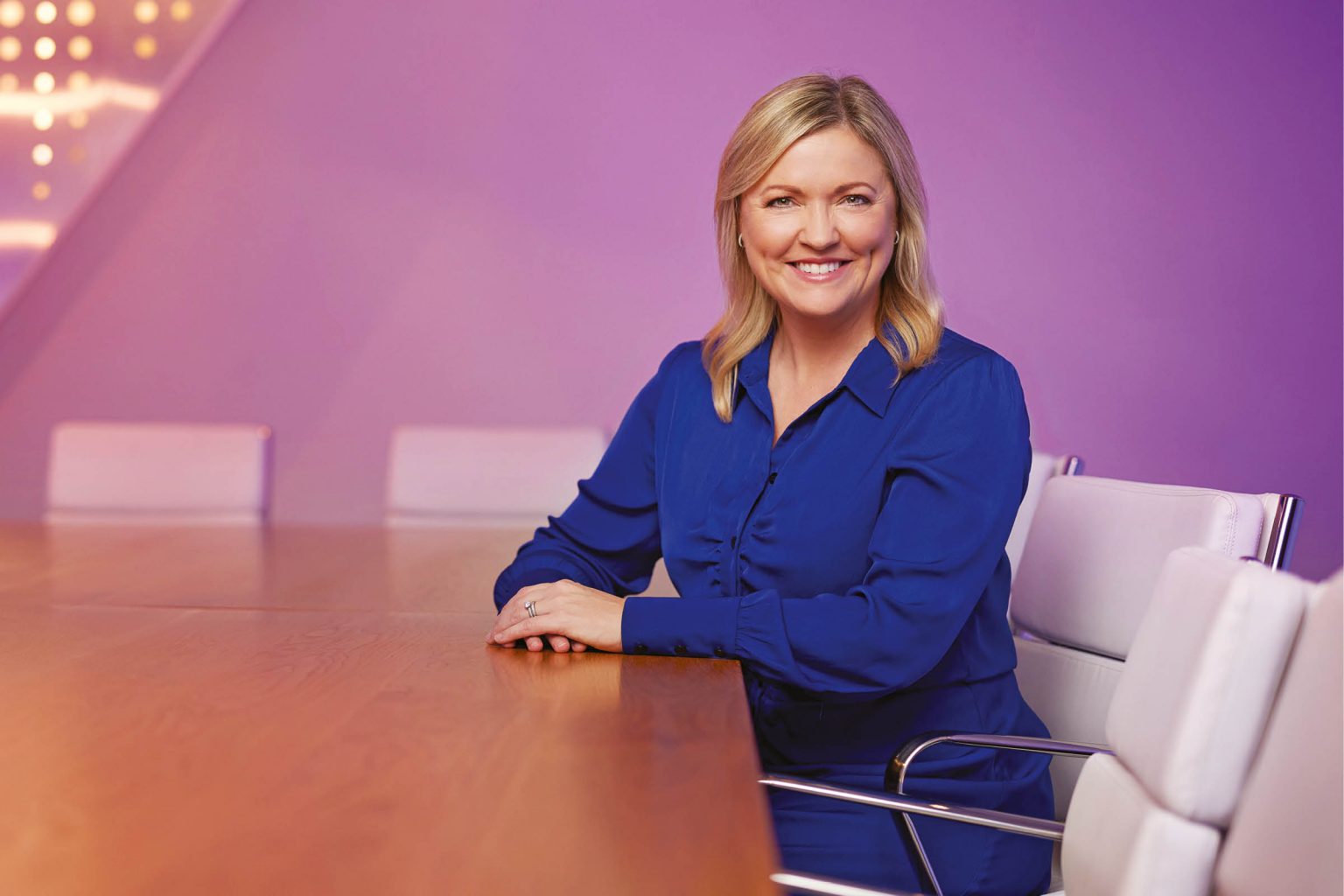When asked to look ahead into the great unknown, 10 ViacomCBS Senior Vice President, Head of Streaming Liz Baldwin admits, “Crystal balling is hard.” But one thing she has absolutely no doubt about is that “the future of media is digital”.
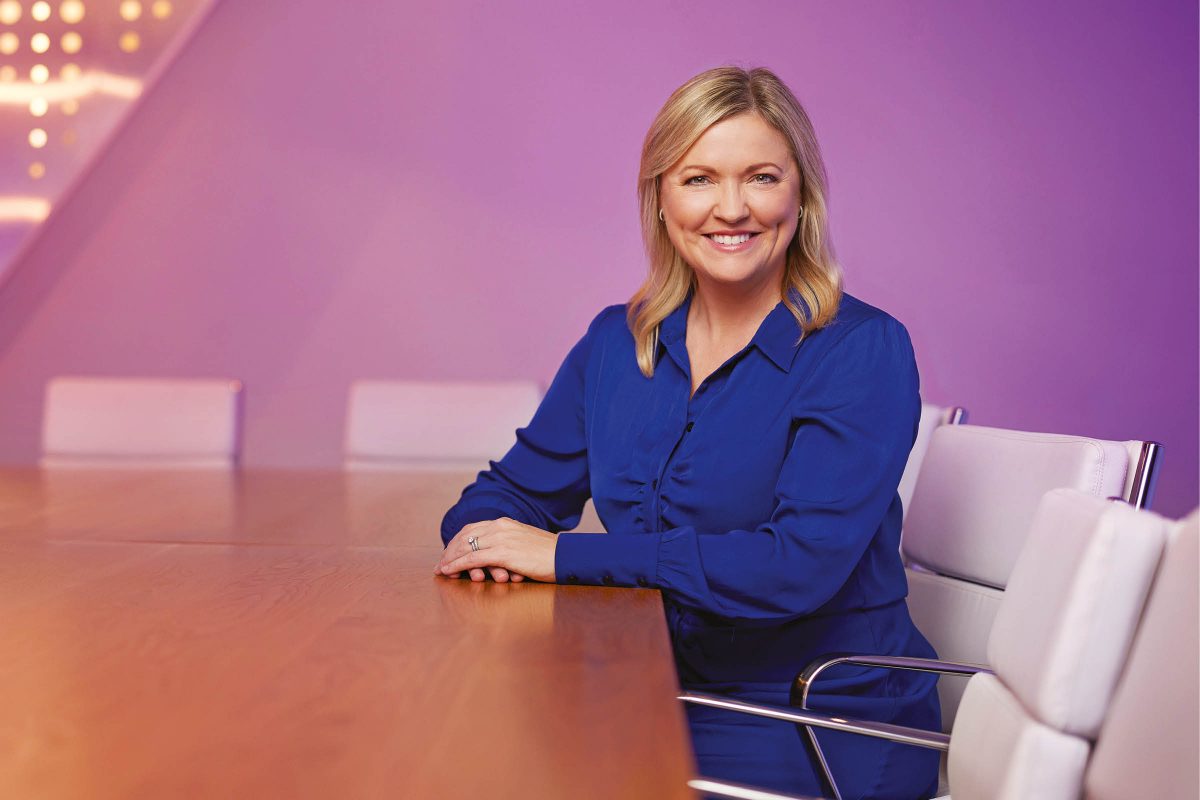
Liz has been with 10 ViacomCBS for more than six years, starting as Digital Executive Producer before taking on her current role in January 2016. Although digital was still very new for 10 when she came on board, she drew on her experience growing the digital presence of companies including News Magazines, Shine and Nine Entertainment Co to help the network with its own digital transformation.
“We are seeing that come to fruition. We are now part of a huge global company that is actively investing in content and technology,” Liz tells The CEO Magazine. Far from becoming restless in her role, she is buzzing about the company’s future plans. “I’ve been at 10 for a few years now and I am so excited about the direction the company is taking.”
A huge undertaking
There’s no doubt 10 ViacomCBS is a dynamic place to be right now. The commercial television network, is one of just five free-to-air offerings in Australia.
In 2013, it launched its free video on demand and catch-up TV service, 10 Play, which features content from 10, 10 Shake, 10 Bold and 10 Peach as well as news, sport and the TV Guide via the web and a variety of apps. Live streaming of 10 ViacomCBS’s primary channel was added to the offering in 2016, with that upgraded to 24-hour live streaming in 2018. Now live streaming of Bold, Peach and Shake is also available through 10 Play.
“Digital Skills are very portable, so accessing talent is incredibly competitive.”
“The rollout of the new 10 Play platform has been very satisfying,” Liz shares. “We’ve completely overhauled the product as a unified app on a single code base, which is unique in this market. We’ve invested heavily in our data capabilities and are now reaping the benefits of that strategy.”
Ongoing evolution
Leveraging the global tech stack of its parent company ViacomCBS is also helping to take the network to a new level, “supercharging” its capabilities. “The new platform also allows us to bring true innovation to our advertising suite, and our new Premium Pause product was a world-first broadcaster video on demand ad format,” Liz enthuses. Launched in May, Premium Pause allows 10 Play users to pause show content while an ad plays – a much-needed alternative to pre-roll and mid-roll ads. “Locally, we’ve been investing in our 10 Play platform in terms of data and technology and expanding our BVOD content offering.”
Next on the agenda is the global rollout of the new Paramount+ subscription video on demand service, which launched in the US earlier this year and arrives in Australia in August as a rebrand of the existing 10 All Access streaming service. It will merge the 10 All Access content with the Paramount+ library of more than 20,000 movies and TV shows from the ranks of Paramount Pictures, Showtime, BET, CBS, Comedy Central, MTV, Nickelodeon, Sony Pictures Television and Smithsonian Channel.
“We are rapidly building local capabilities to service that product and bring it to market in Australia,” says Liz, who sees the new offering as a big opportunity for the network. “It is a global service, backed by a huge content pipeline, which we believe will be very well received in this market.”
Local challenges
However, this changing media landscape is proving problematic for local content. Aussie shows are gradually being swamped by the influx of international viewing from subscription services such as Netflix and Stan, which are not subject to local content quotas imposed by the government.
Liz highlights this as a “very real issue”, but is hopeful it will be addressed swiftly with the government’s support. “As an industry, we invest heavily in local news, stories and content for Australian audiences. We need to ensure that users can easily find and access this content wherever they choose to consume television and VOD content,” she insists. “Free-to-air television and BVOD have a long and critical future, which is why we are asking for prominence rules to protect it and all the premium Australian content it renders accessible to every household.”
Although 10 ViacomCBS is also dipping its toe into the world of SVOD with the launch of Paramount+, it remains committed to local content, according to Liz. “It means we can service Australian audiences with a great, free, local product in 10 Play, as well as a global and differentiated SVOD offering in Paramount+,” she says.
The pandemic effect
Meanwhile, the arrival of COVID-19 on the scene at the start of 2020 stirred things up for 10 ViacomCBS, prompting it to rethink the way it operates. “We’ve really had to focus on team and culture to help everyone through it,” Liz confesses. “We’ve increased our focus on engagement and ensured our people have access to mental health services.”
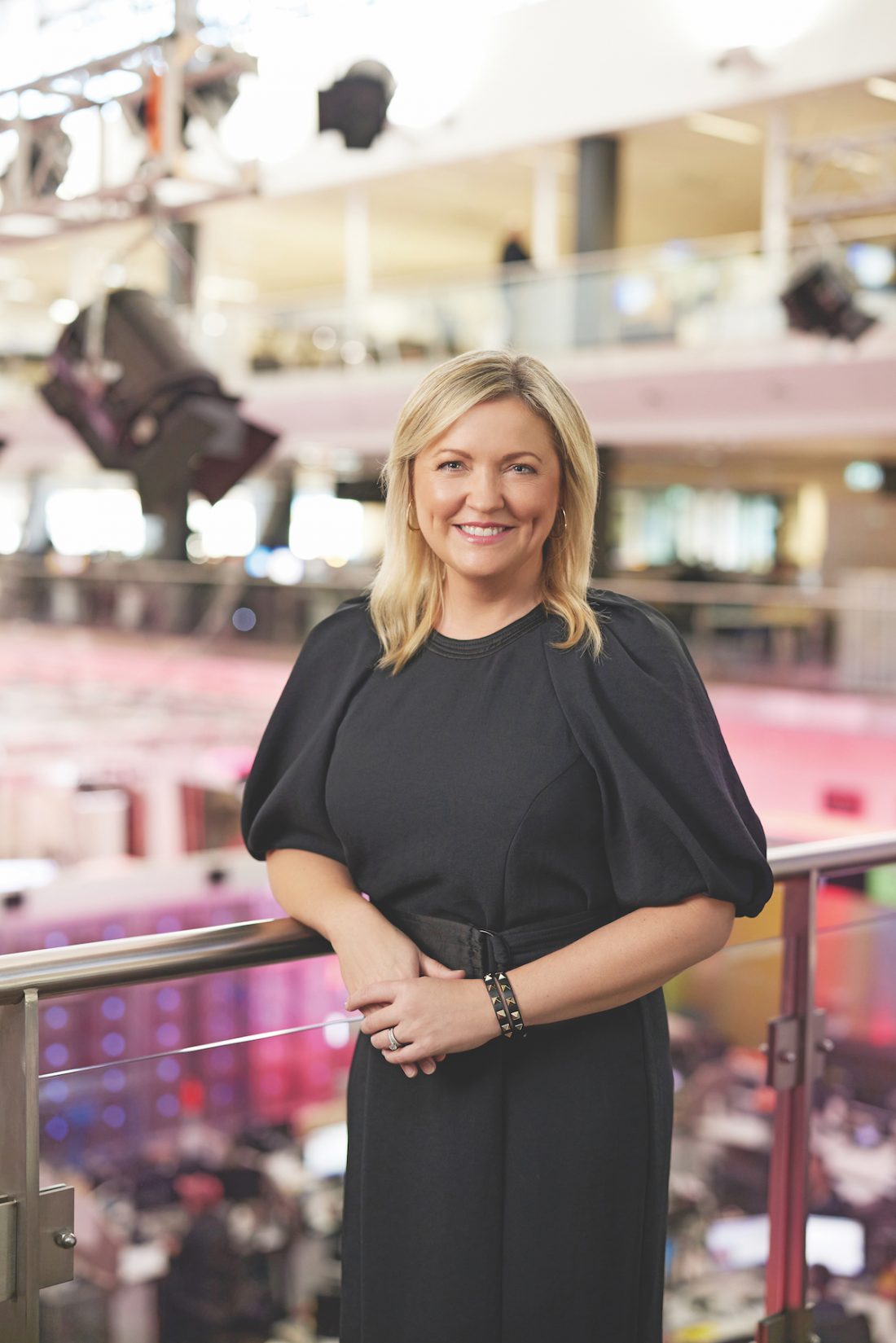
“We’ve invested heavily in our data capabilities and are now reaping the benefits of that strategy.”
But the pandemic has also driven another interesting shift, which has been beneficial for the network. “We’ve really seen a return to television, particularly local content. Last year was huge in terms of content consumption and we’re seeing that continue this year,” she confirms.
A study by 10 ViacomCBS revealed that viewing of BVOD services climbed 48 per cent during lockdown, while broadcast TV viewing also increased by nine per cent year on year. 10 ViacomCBS’s under-50s broadcast TV audience rose by 18 per cent during the lockdown months.
The acceleration of digital content consumption and desire for flexibility around when audiences can watch content is undeniable, Liz acknowledges. “As an industry, we fully recognise that content has a longer life span now, which is why we report on seven-day and 28-day BVOD consumption. Overnight ratings are no longer the only story of a show’s success,” she points out.
A learning curve
On a more personal note, Liz easily adjusted to the pandemic’s new work landscape. A self-proclaimed “introvert”, she found it relatively easy to adjust to remote working – something that others who are more extroverted have found quite difficult and isolating. However, she is happy things are returning to normal.
“I felt very energised going back into the office and starting to see people again,” she recalls. “It made me think quite deeply about the mental health of the extroverts who need contact with other people to recharge – that energy source was missing for many months, and it must have been incredibly difficult to be completely cut off like that.”
This realisation has influenced how she now interacts with others. “It made me realise I need to be even more aware of the energy I’m putting out there and to ensure I’m thinking about the needs of the person on the receiving end,” she adds.
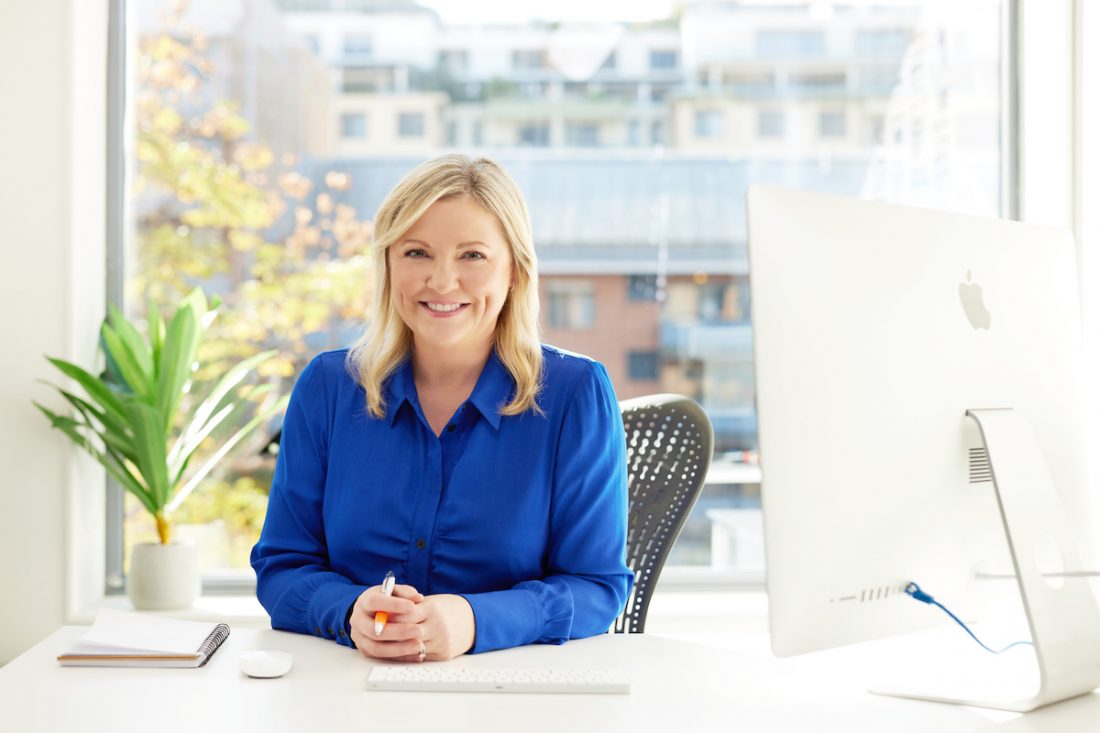
Talent in demand
With the network’s growing digital prowess comes another challenge, namely the scarcity of talent to fill its needs on the technology front.
“With COVID-19 accelerating the digital transformation across many companies and industries, digital talent has never been in higher demand,” Liz says. “Digital skills are very portable, so accessing talent is incredibly competitive.” On top of this shortfall, she highlights a “very real scarcity” of women in technical and engineering roles – an issue she is eager to address.
According to a 2021 ‘Women in Tech Report’ by TrustRadius, 72 per cent of women in technology are outnumbered by men in business meetings by a ratio of at least 2:1. Even more discouraging is that 26 per cent said they were outnumbered by 5:1 or more.
Striving for equality
Last year, Australian networks were scrutinised for their lack of diversity. While 10 ViacomCBS responded by highlighting several company initiatives designed to grow diversity representation across the business, including the recent launch of three university scholarships for students from diverse or disadvantaged backgrounds, it conceded that more could be done. But it is putting in the work, being named an ‘Inclusive Employer’ for 2019-2020 by the Diversity Council Australia.
Although Liz considers herself fortunate to work for a company that has already “made great strides in terms of workplace equality across the globe”, she agrees there is still some way to go from an industry perspective.
“In terms of the digital industry, we still have a long way to go to make careers better understood and attractive to all young people,” she stresses. “This is particularly true in the more technical and engineering-based roles.”
Embracing self-belief
Even with an enviable career in a chain of high-profile roles across a number of successful companies, Liz has not been immune to some of the difficulties commonly faced by women and others who have traditionally been marginalised in the workplace. She admits her greatest challenge has actually been herself, identifying imposter syndrome and lack of self-belief as the demons on her shoulder.
Imposter syndrome was first identified by psychologists Pauline Rose Clance and Suzanne Imes in a 1978 study that focused on high-achieving women. They called it “imposter phenomenon”, finding that “despite outstanding academic and professional accomplishments, women who experience the imposter phenomenon persist in believing that they are really not bright and have fooled anyone who thinks otherwise”. A 2020 study by consultancy firm KPMG found that 75 per cent of executive women identified having experienced imposter syndrome at various points during their careers.
“In a fast-paced growth industry where you are trying to nurture a talent pipeline, it’s important to have a safe space for ideas from all the voices in your team.”
“There have been times when I have needed to make a conscious effort to get out of my own way and believe in myself – this is still very much a work in progress, if I’m honest,” Liz admits. “It’s hard to talk about these things, so if it helps someone else shine a light on their own negative self-talk, then it’s been worth it.”
Making a difference
Liz identified some “simple things” that we can do to support women in the industry, such as the “amplification strategy” adopted by female staffers in the Obama Administration. Finding their voices were often ignored in important meetings, when a woman made an interesting point, other women in the meeting would repeat it and give credit to its originator. The tactic gave the men in the room no choice but to acknowledge the idea and prevented them trying to pass it off as their own.
“There is also the Shine Theory,” Liz says, referring to a practice of “mutual investment”, which involves collaboration with rather than competition against other people, particularly women. The term was coined by journalist Ann Friedman and businessperson Aminatou Sow, who co-host the podcast Call Your Girlfriend. “It’s easy, you’ll feel good doing it and it helps make change,” Liz adds.
Taking the lead
These methods align closely with Liz’s own leadership style, which she describes as “inclusive and supportive”. “I have great respect for the principles of self-organising teams,” she says. “In a fast-paced growth industry where you’re trying to nurture a talent pipeline, it’s important to have a safe space for ideas from all the voices in your team. Digital is a creative and collaborative space, and the best teams thrive in an open, egalitarian environment – with a great conductor, of course.”
That involves a lot of trust, something that Liz has learned how to give over the years and which she highlights as “essential” for self-organising teams. “I’ve also learned to trust my gut a lot more. I’m not always right, but I’m always trying to improve,” she shares.
The way Liz works has also been influenced by people around her during her career. “A few colleagues have inspired me in different ways and in different stages of my career,” she says. “Whether it be from watching the way they lead, motivate and manage a team to the way they have encouraged and empowered me to be the best I can be. It was inspiring to see how gracious and generous they were in the time and energy they invested in me and my career.”
Ultimately, it is 10 ViacomCBS’s two-pronged commitment to serving up great content using the latest technology while placing significant emphasis on culture that really resonates for Liz. “Great content attracts great people, and it’s a fantastic opportunity to attract further world-class members to the team,” she asserts. That, in turn, helps enhance the culture, which is “incredibly important” for her. “I’d say it’s a dynamic, fast-paced, inclusive, creative, clever place to work. How great is that?”
Proudly supported by:
